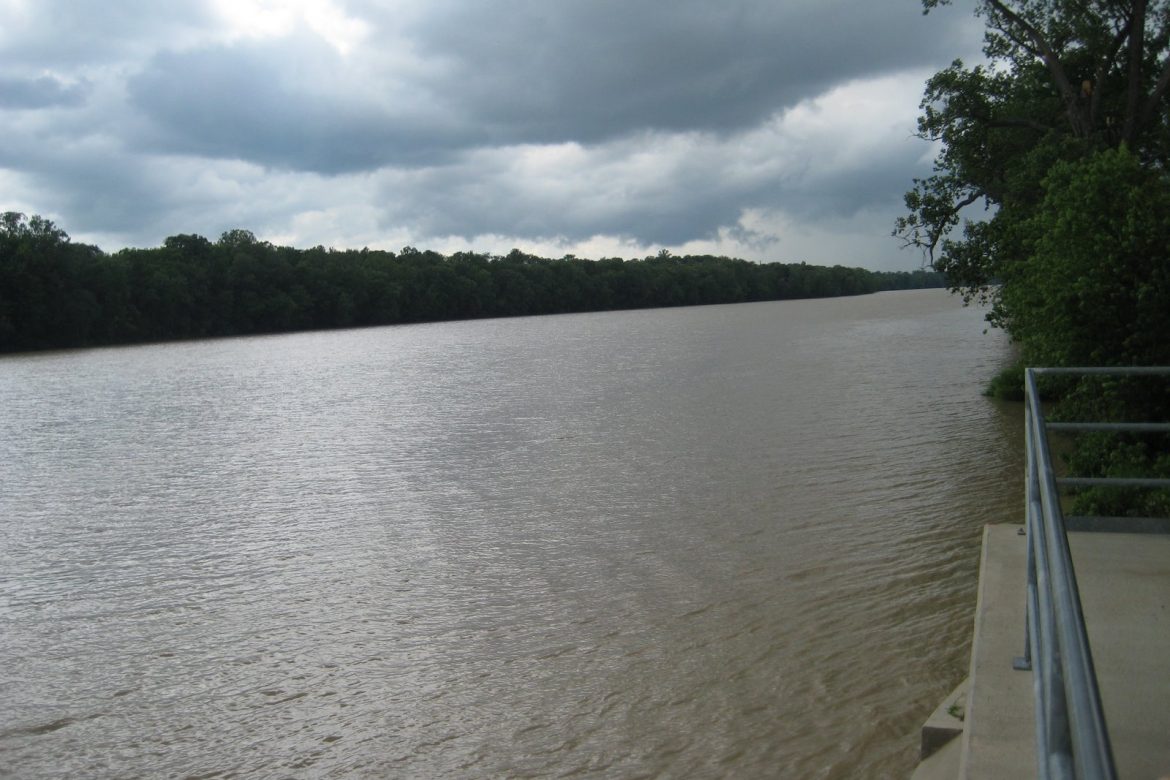Fishing in Maumee River Written by: MoShot
Fishing the Maumee River requires knowledge in timing and what type of fish do you expect to catch. Some of the other things you need to know are the height of the river and the best fishing location. The techniques of fishing shift when the Maumee River Ohio experiences falling and rising levels of water.
You also have to know that water temperature may make fish inactive or active; therefore it is imperative to know which time is ideal for fishing. Air temperature has zero impact on fish.

There are high chances of success while fishing the Maumee River during winter. Early ice is ideal for panfish like bluegill, crappie and others in this category.
The essential equipment for success is the light line. If you like panfish, you could catch larger and more fish with the 2 or 3 lb line. You should also not forget about the crowd factor. Fish will be in the same places every year, and everyone knows that. However, as anglers make their way to these hotspots, the fish hotpots decrease in production.

You could beat such crowds through fishing in the outer edges of the Maumee river Ohio. A lot of fish like going to quiet areas. Smaller fish in most cases is the first to go to the outer periphery of eating location. Both the crappies as well as sunfish tend to congregate together towards the end of the year. You can also go fishing in the Maumee River during spring. A plethora of walleye makes their way through Lake Erie to end up at the opening of Maumee River. With their instinctual cue, they surge up at the mouth of the river after the water flow rate, temperature and day’s length is precise enough for creating their next generation.

The fish move into the Maumee River looking for areas which have a rocky or gravel bottom and good water-flow. Anglers know these locations, thanks to their long experience. You could also catch white bass as they go in for spawning. Other fish that are commonly found in the river include smallmouth bass, carp, gar, catfish, red-eared, bullhead, yellow perch, and Northern pike.
Upriver from the sidecut, other Metroparks of the river are ideal locations for spring walleye runs, white bass, and other multiple river species almost throughout the year.
Due to occasional flooding, a lot of the above species also make their way to the Siegert Lake as well as Silver Lake at the sidecut.

